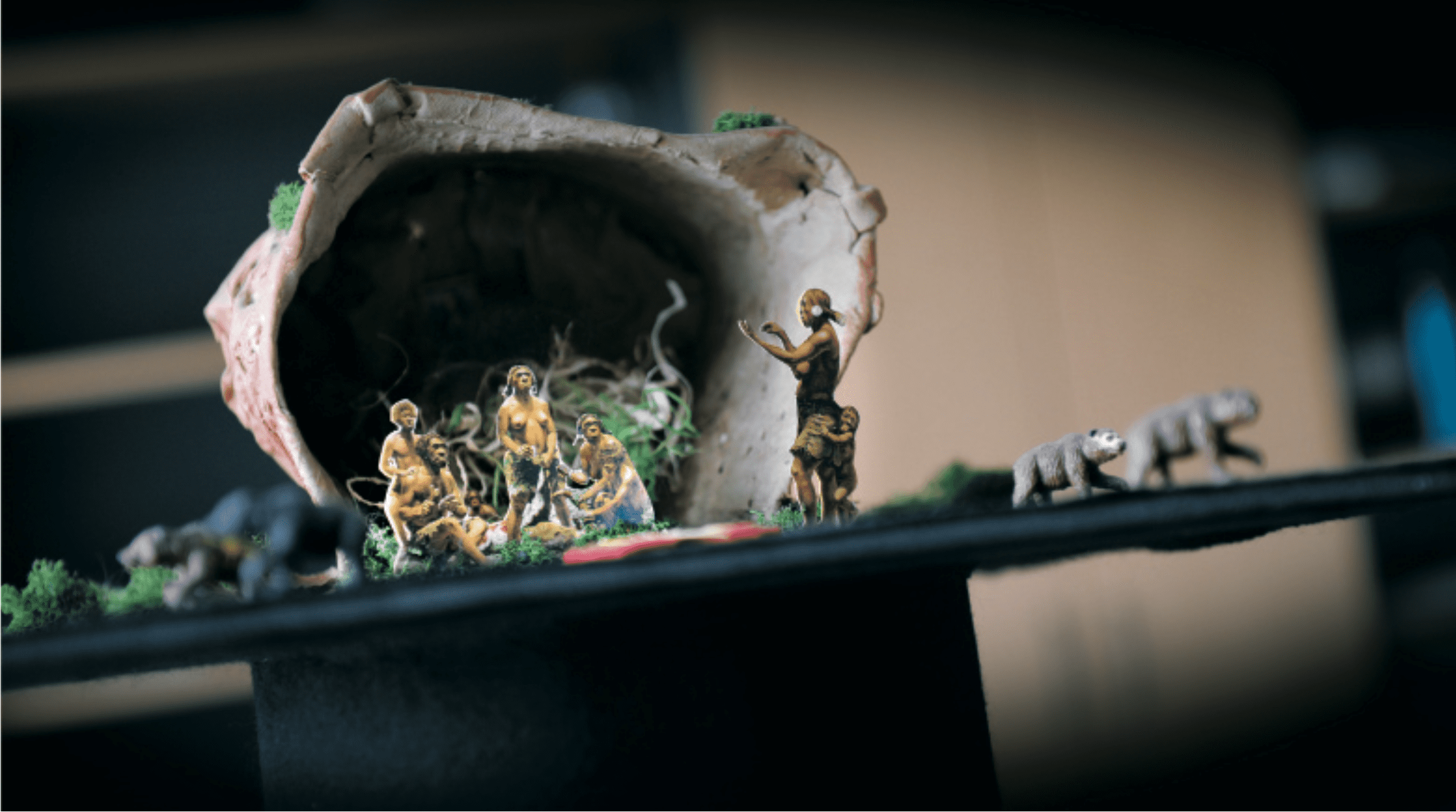Posted By: Sarah Ratzel, PhD, Science Editor, AJHG
Each month, the editors of The American Journal of Human Genetics interview an author(s) of a recently published paper. This month, we check in with Janet Kelso, to discuss the paper, “The Contribution of Neanderthals to Phenotypic Variation in Modern Humans.”

AJHG: How did you begin working on this project?
Janet: We previously studied regions of the genome where there is evidence for Neanderthal DNA in the genomes of present day non-Africans and had inferred, based on the functions of genes nearby to these Neanderthal segments, the influence of Neanderthal DNA by looking at predicted gene functions and at changes in gene expression.
However, directly identifying associations between Neanderthal DNA and phenotypes requires access to large datasets that provide both genetic information as well as well-characterized phenotypes in very large numbers of people. Such datasets were not available until quite recently. In 2016, a study from the Capra group looked specifically at the influence of Neanderthal alleles on disease phenotypes by using medical records for over 25,000 people. They identified a number of really interesting associations between Neanderthal DNA and disease risk. We were interested in extending this idea to include non-disease phenotypes in order to determine what influence Neanderthal DNA might have on ordinary variation in people today.
Because Neanderthal alleles are rather rare in people today, we need to have a really large number of people. The UK Biobank pilot study now provides such an extensive resource, including genetic information as well as information about hundreds of common phenotypes in more than 100,000 individuals. Therefore, we were finally able to investigate the impact of Neanderthal alleles on common phenotypes in modern humans.
AJHG: What about this paper most excites you?
Janet: A notable aspect of our study is that the growing move to collect both genotype and phenotype information in biobanks, such as the UK Biobank, now provides us with the ability to answer not only biomedical questions but also to understand the evolutionary history of modern human traits.
We were able to determine directly the effect of Neanderthal DNA on the phenotypes of people today. Our findings are consistent with previous inferences that genes involved in skin and hair biology were strongly influenced by Neanderthal DNA. However, in those previous studies it wasn’t possible to determine what aspect of skin or hair biology was affected. We were able to show that it is skin and hair color and the ease with which one tans that are affected.
It was somewhat surprising that we observe multiple different Neanderthal alleles contributing to skin and hair tones. Some Neanderthal alleles are associated lighter tones and others with darker skin tones, and some with lighter and others with dark hair colors. This may indicate that Neanderthals themselves were variable in these traits.
A number of the phenotypes to which Neanderthal DNA contributes in people today seem to be related to sunlight exposure. For example we see contributions to skin and hair pigmentation, mood, sleeping patterns, and smoking status. It is therefore tempting to speculate that Neanderthal contributions may have been important in our adaptation to a modified sunlight regime during the colonization of Eurasia.
AJHG: Thinking about the bigger picture, what implications do you see from this work for the larger human genetics community?
Janet: Our study is notable in that it shows the enormous benefits provided by biobanks in which both genotype and extensive phenotype information are collected. The use of biobanks in in such studies is relatively new, and demonstrates that resources such as the UK Biobank provide us with the ability to answer not only biomedical questions but also to understand the evolutionary history of modern human traits.
More specifically, we have been able to determine directly the effect of Neanderthal DNA on a very broad range of non-disease phenotypes in people today.
AJHG: What advice do you have for trainees/young scientists?
The growing amount of genetic data from both archaic and modern humans provides a tremendous opportunity for creative people to tackle interesting questions in understanding the evolutionary basis of modern human traits and diseases.
Janet Kelso, PhD, is a computational biologist and Group Leader of the Minerva Research Group for Bioinformatics at the Max Planck Institute for Evolutionary Anthropology.
